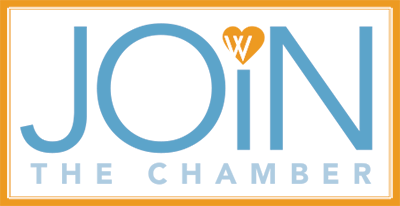Homeownership Development
Strengthening homeownership creates strong, invested communities and neighborhoods.
The Worcester Regional Chamber of Commerce supports homeownership development programs and policies that aim to increase the rate of homeownership for Worcester residents.
Homeownership is becoming less and less attainable, as Massachusetts finds itself in the throes of a housing crisis. According to Realtor.com, Worcester was ranked one of the hottest housing markets in the country, with the rankings being based on the combined forecasted growth in home prices and sales.
At a state-wide level, single-family home sales in the Commonwealth have reached a 13-year low for September. According to the Warren Group, a leading provider of national real estate and transaction rates, the combined factors of, limited inventory, record-high prices, and rising interest rates, have continued to limit the opportunities for prospective buyers in the market.
These factors have led Worcester to have a YTD median single-family home price of $391,000, a dramatic increase over the median sales price just a few years ago in 2019, which was around $260,000. As well the data shows that the YTD number of sales in Worcester has decreased by over 26%, from 1,028 homes sold in 2022 to 753 homes sold in 2023.
Furthermore, the tightness of the Worcester real estate market is compounded by the fact that the percentage of residents who own their homes is below 50%, which is much lower than the national average (65.5%) and statewide (62.4%). Thus, Worcester has the 14th lowest homeownership rate for a mid-sized city in the United States.
In cities and towns across the country, homeownership has been widely proven to improve outcomes of the residents in a community while decreasing crime and pollution. Worcester must increase its homeownership rate, including making intentional efforts to assist first-time homebuyers and populations traditionally excluded from homeownership. While the production of new homes is ultimately the solution, there are multiple policy pathways to complement increased production, which lower barriers to homeownership, including down payment assistance programs, lease-to-purchase programs, and employer-assisted housing.
Loan Assistance Programs
-
- My Mass Mortgage is a website run by the Massachusetts Department of Housing and Community Development. The goal of the program is to help low-income and first-time homebuyers by listing affordably priced homes across the state. The program offers state-sponsored mortgage products as well as courses and counseling to help homebuyers through the process.
- MassHousing Programs help first-time homebuyers and people of color with common economic barriers by providing down payment assistance and affordable mortgages to homebuyers
- The City of Worcester offers a Down Payment Assistance Program, where first-time income-qualified homebuyers can be provided with up to $5,000 in down payment and closing cost assistance. The program is made possible through the HUD Community Development Block Grant funding.
Condominium Development
There has been a general increase in the interest of condominium development in Worcester, as condos provide affordable pathways to homeownership. In Worcester, the average sale price of a condo is around $250,000 and can be an affordable way for first-time homebuyers to get into the market and own property. At the Chamber, we are looking at the importance of the creation of downtown condos to help revitalize our downtown area.
Lease-To-Purchase
A lease-to-purchase Program is a housing program with a mission-driven developer, community-based organization, or a private corporation that purchases or develops a property and structures a long-term lease for a prospective buyer. This an idea based on other programs around the country
Employer-Assisted Housing
Employer-assisted housing programs are becoming more popular, and employers are increasingly investing in their employees’ homeownership. Results have shown that these programs increase staff satisfaction while also improving an employer’s bottom line. Below is a list of mat forms of employee assistance.
-
- Many Forms of Employee Assistance:
- Home buyer assistance
- Rental Assistance
- Homeownership education and counseling
- New Construction in neighborhoods near their facility
- Renovation of substandard homes around the employer’s location
- Many Forms of Employee Assistance:
What Cities & Towns Can Do
Cities & Towns can help in the homeownership process with the Housing Choice Community Grant Programs. This program is by the Massachusetts Department of Housing and Community Development which grants up to $250,000 in awards to municipalities. Cities and towns are the only entities that can apply. Awards go toward the planning, engineering, or infrastructure projects necessary to complement new housing developments.
At the Chamber, we believe there is a need for a regional approach to housing development.


